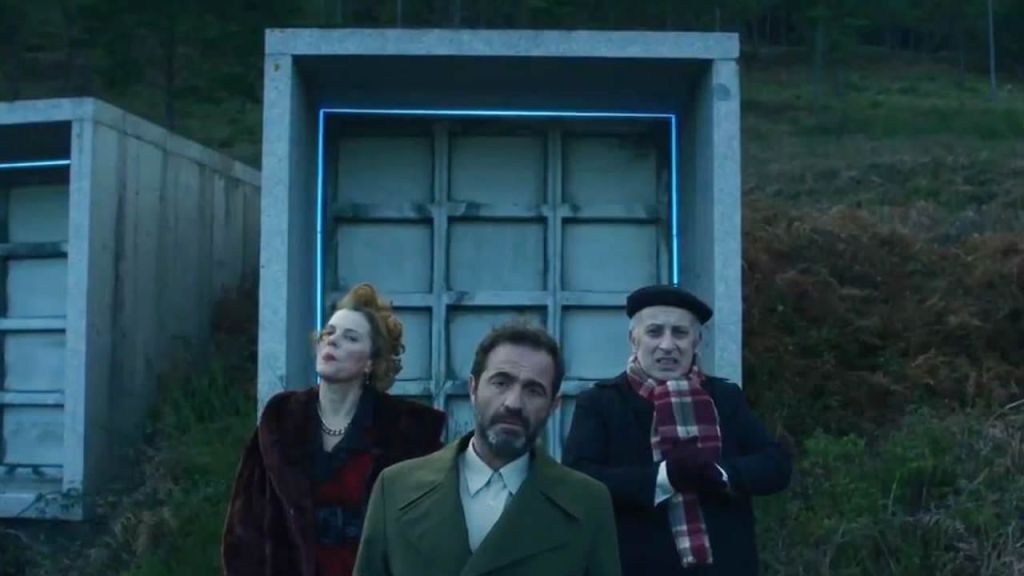Fisterra Cemetery
Architectures of Sadness
Name: Fisterra Cemetery
Location: Galicia, Spain
Architect: César Portela
Year: 1998. In state of abandonment
Designed in 1998 by the architect Cesar Portela (Pontevedra, 1937), the cemetery of Finisterre was intended to be the epicentre of a series of performances all over the slope of Monte do Cabo. The master plan includes access and ancillary services to the main one: wake room, laboratory, autopsy area… which, in spite of more than two decades since the beginning of the works, and the numerous awards received, has not been completed.
The project has on the slope a series of granite cubes that open one of their sides towards the horizon, observing the beach. These pieces, limpid, minimal and exquisite, contain in their interior, for the most part, the niches, housing up to twelve burials and achieving an intimate space inside. The rest of the cubes, in the upper part of the hillside, contain the autopsy and wake rooms, with a steel clasp to isolate these more reserved spaces from the storm.
Although the administration approved the realization of the master plan and the cemetery in particular, public opinion harshly attacked the implementation of the project, getting it never finished, and never put into use after all, and today, does not house a single deceased and is in complete abandonment.

Although its aesthetics and its position in a protected natural place have been equally attacked, the popular Galician marine belief speaks of the bad luck of a burial looking at the sea, adding one more reason to the rejection fisterrano.
Even so, after 21 years, and a few threats of demolition, the resistance has become minimal, accepting even some neighbors who would not mind being buried there. It has even become a symbol in the popular imagination, and has been used by Netflix as a campaign motif for its Altered Carbon series, presented in Finisterre as “the first town in which no one dies”.

When I designed and built the Finisterre Cemetery, the first thing I wanted to do was to give the dead the rest they deserve in a sublime place where architecture could merge positively with nature, as the land, sea and sky have done in the same place since time immemorial.
César Portela
Just as the lone palm tree is capable of responding to the grandeur of the desert; just as the sail of a boat, however small, responds to the vastness of the ocean; and just as a burst of fragrance responds to the evening and renders it enchanted, with this project I wanted to respond to cultural, anthropological and spiritual concerns and to all humanity, so heedlessly moving towards a globalised society. I wanted to respond to this one-track thinking which, on the pretext of overcoming isolation and backwardness, destroys the diversity, complexity and identity of each group or individual, rendering us all not citizens of the world but global villagers; voracious consumers of a multinational market, and conditioning and destroying feelings, philosophy, science and art, everything that shows how rich, deep and marvellous people and life in general can be.
I wanted to finally prove that there is hope, that it is always possible to react to the system and to respond to it with any project, in any place, even if, as in this case, it is a place as remote as Finisterre and a work as insignificant as this cemetery.
